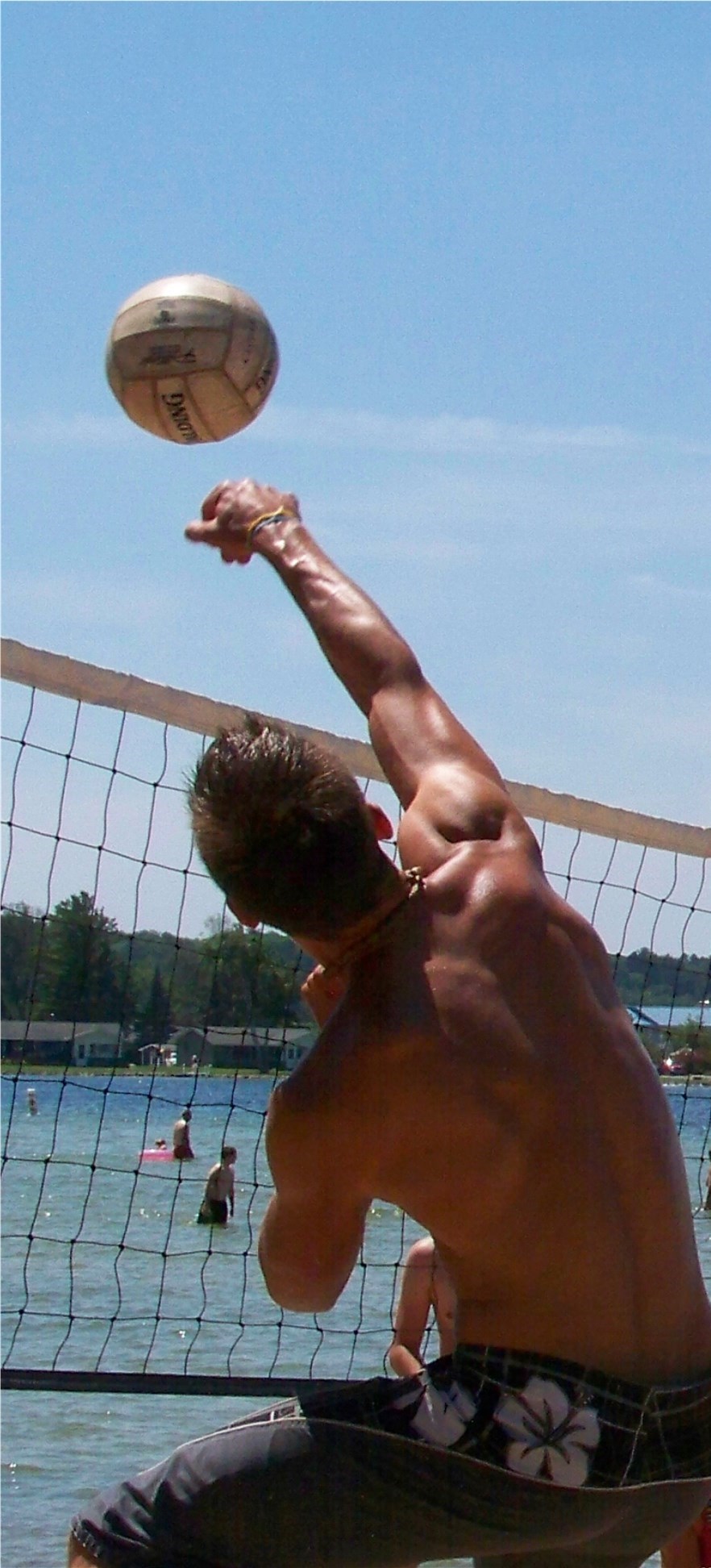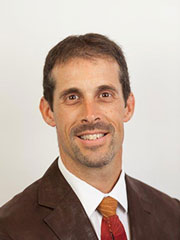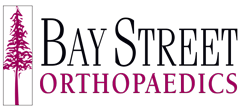
Prevention of Overhead Sports Injuries
Spring is just around the corner, and for many people, that means a return to outdoor sports. Today we’ll be addressing a specific subset of those sports; namely, those that include lots of overhead movements. To answer some questions regarding injuries in these sports, we spoke with Dr. Dan Wilcox, an orthopedic surgeon with Bay Street Orthopedics, who sees patients in Petoskey, Charlevoix, Cheboygan, and St. Ignace.
Q: What are some of the most common injuries seen in overhead athletes?
A: The most common shoulder problem in overhead athletes is rotator cuff tendinitis , which is caused by the repetitive movements involved in the activity. The inflammation of the rotator cuff tendons is caused by the irritation of repetitively rubbing the tendons on the undersurface of the shoulder blade. A partial tearing, or fraying, of the tendons can also occur. The biceps tendons, which attaches inside the shoulder joint, can also become inflamed or partially torn in overhead athletes.
Q: How does age affect overhead athletes?
A: As athletes age, their shoulder tendons become more prone to overuse injuries due to the natural aging and degeneration of the tendons. Middle-aged overhead athletes, also, frequently have deconditioned shoulder muscles/tendons due to the sporadic and intermittent frequency of their sport or activity that requires the overhead position of their arm.
Q: How does a person know when they should have an injury evaluated by a physician?
A: If an overhead athlete develops shoulder pain, a period of rest and avoidance of the provocative activity (throwing, serving, etc.) is often helpful at relieving pain, but difficult to carry out due to the individual’s desire to participate in the sport. If this is unsuccessful at relieving the pain, an evaluation by a physician may be necessary to initiate other treatment methods, such as anti-inflammatory medications (either orally or by injection), a stretching and strengthening program (often supervised by a physical therapist), or surgical treatment (which is rarely necessary).
Q: What surgical options exist for some of the diagnoses mentioned above?
A: If non-operative treatment methods fail to provide pain relief, surgical options include tendon repair (if a significant tear exists) or tendon debridement (removal of abnormal tissue), removal of inflamed bursal tissue or bone spurs, or releasing (or tightening) contracted (or stretched) tissue. These surgical procedures can typically be performed by arthroscopic surgery.
From a physical therapist’s perspective, there are several steps an athlete can take to reduce the risk of overhead injuries. First, it is important that the joints which support the shoulder have full mobility. Let’s use the upper back (thoracic spine) as an example. If the upper back is tight or rounded too far forward, the shoulder blade is not able to fully rotate backwards and up. This can create a pinch point between the shoulder blade and the arm bone. During a right handed tennis serve, the thoracic spine should be able to bend backwards when the ball is thrown in the air. A restriction in this backward bend can cause impingement in the shoulder, which will lead to pain or tearing.
Believe it or not, the hips are also important in overhead sports. A study was conducted a few years ago in which baseball pitchers with inner-elbow pain were examined. The pitchers underwent six weeks of hip strengthening and stretching exercises without any intervention being performed on the elbow itself. The results were that all of the participants in the study reported a reduction in elbow pain when throwing. The increase in hip power and flexibility allowed the ball to be thrown at the same velocity with less force being placed on the elbow, reducing the strain on the irritated tissues.
Take these steps to ensure your return to overhead sports is a triumphant one:
1. Keep your upper back, neck, elbows, and hips flexible to prevent pinching at the shoulder.
2. Start a strengthening program a few months before you start playing that includes the shoulder blades, hips, and core muscles.
3. Speak to your physical therapist or doctor if you suspect any anatomic pathology, such as bone spurs, tears, or other soft-tissue irritations.
4. If pain develops during the first few weeks of getting back to your sport, address the problem early to prevent it from developing into a more serious issue. See our article from March 4th to learn when to push through pain and when to stop.
If you’d like more information on preventing pain and injury during overhead sports, see our April 15th article from the Petoskey News Review.

Dr. Dan Wilcox

4048 Cedar Bluff Drive • Suite 1
Petoskey, MI 49770
231-347-5155 • 800-968-5155






